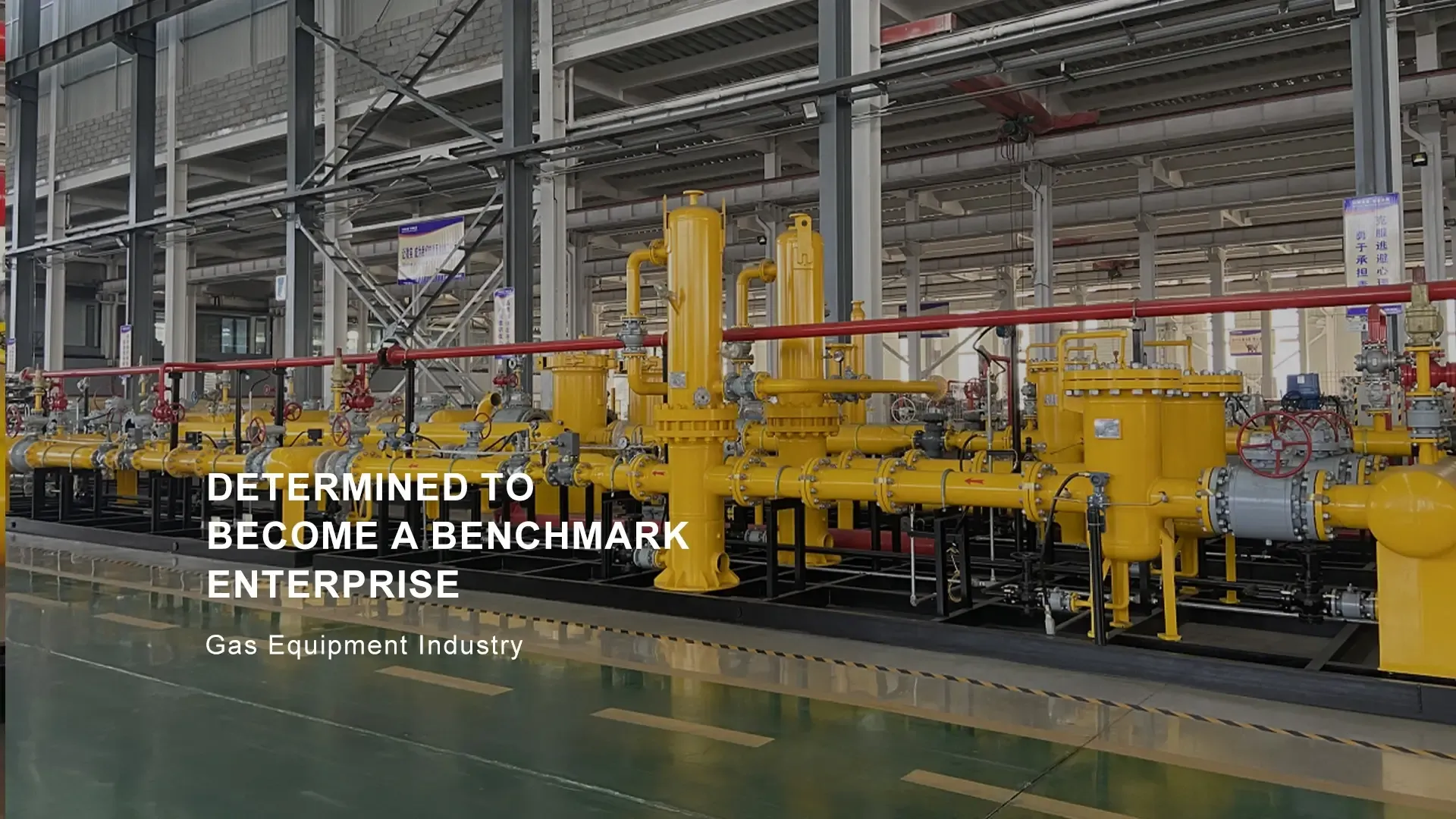
Nov . 10, 2024 16:45
Back to list
Advanced Technologies in Gasification Systems for Clean Energy Production
Understanding Gasification Equipment An Essential Component of Modern Energy Solutions
Gasification is a cutting-edge technology that transforms carbon-based materials, such as coal, biomass, or municipal waste, into a combustible gas called syngas (synthetic gas). This process occurs under high temperatures and low oxygen conditions. The syngas generated can be used for various applications, including electricity generation, chemical production, and as a fuel for vehicles. The equipment involved in gasification is critical to the efficiency, safety, and economics of this process.
1. Overview of Gasification Equipment
The primary gasification equipment includes gasifiers, reactors, cooling systems, and syngas cleanup systems. Each component plays a vital role in converting feedstock into syngas while ensuring optimal performance and minimizing emissions.
- Gasifiers The gasifier is the heart of the gasification process. It works by heating the feedstock in an oxygen-starved environment to produce syngas. Different types of gasifiers exist, including fixed bed, fluidized bed, and entrained flow gasifiers. The choice of gasifier depends on the type of feedstock, the desired syngas composition, and specific operational requirements.
- Reactors Gasification reactors are designed to facilitate the chemical reactions that break down the feedstock. Temperature and pressure control is crucial in reactors to achieve the desired conversion efficiency. Reactors may require pre-treatment systems to prepare feedstock, such as shredders or dryers.
- Cooling Systems Once the gasification process occurs, the resulting syngas must be cooled before undergoing further processing. This is achieved through heat exchangers or cooling towers, which reduce the gas temperature to levels safe for downstream equipment. Cooling systems also manage heat recovery processes, which can improve overall efficiency.
- Syngas Cleanup Systems After gasification, syngas typically contains impurities like tar, ash, sulfur, and particulates, which must be removed before its use. Cleanup systems, including scrubbers, filters, and catalytic converters, play a vital role in ensuring the syngas meets quality standards. These systems not only enhance the efficiency of subsequent processes but also minimize environmental impact.
gasification equipment

2. Importance of Gasification Equipment in Energy Production
Gasification equipment is pivotal in the transition to a more sustainable energy future. The flexibility of gasification allows for various feedstocks, ranging from fossil fuels to renewable biomaterials, contributing to energy diversification. This flexibility can enhance energy security by reducing dependence on imported fuels.
Moreover, gasification technology has a lower carbon footprint compared to traditional combustion methods. The ability to capture and utilize carbon dioxide emissions is one significant advantage. Advanced gasification systems can integrate carbon capture and storage (CCS) technologies, enabling the production of negative emissions energy, which is crucial for combating climate change.
3. Challenges and Innovations in Gasification Equipment
Despite the advantages, gasification technology faces challenges, including high initial capital costs, operational complexities, and the need for skilled labor. However, ongoing research and innovations are addressing these obstacles. The development of modular gasification systems aims to reduce costs and enhance flexibility. These smaller, scalable systems can be deployed in various locations, facilitating local energy production from waste or biomass, which aligns with decentralized energy strategies.
Furthermore, advancements in materials engineering enhance the durability and efficiency of gasification equipment. Innovations in catalysts and reactor designs continue to optimize the conversion processes, increasing syngas yield and reducing energy consumption.
Conclusion
Gasification equipment plays a crucial role in modern energy solutions, transforming waste and biomass into valuable energy resources while minimizing environmental impacts. As technology progresses and embraces new innovations, gasification is poised to play an even more significant role in the global energy landscape. With a focus on sustainability and efficiency, the future of gasification technology promises to contribute significantly to meeting the world's energy demands while combating climate change—a goal that is critical for the well-being of our planet.
Latest news
-
Safety Valve Spring-Loaded Design Overpressure ProtectionNewsJul.25,2025
-
Precision Voltage Regulator AC5 Accuracy Grade PerformanceNewsJul.25,2025
-
Natural Gas Pressure Regulating Skid Industrial Pipeline ApplicationsNewsJul.25,2025
-
Natural Gas Filter Stainless Steel Mesh Element DesignNewsJul.25,2025
-
Gas Pressure Regulator Valve Direct-Acting Spring-Loaded DesignNewsJul.25,2025
-
Decompression Equipment Multi-Stage Heat Exchange System DesignNewsJul.25,2025

